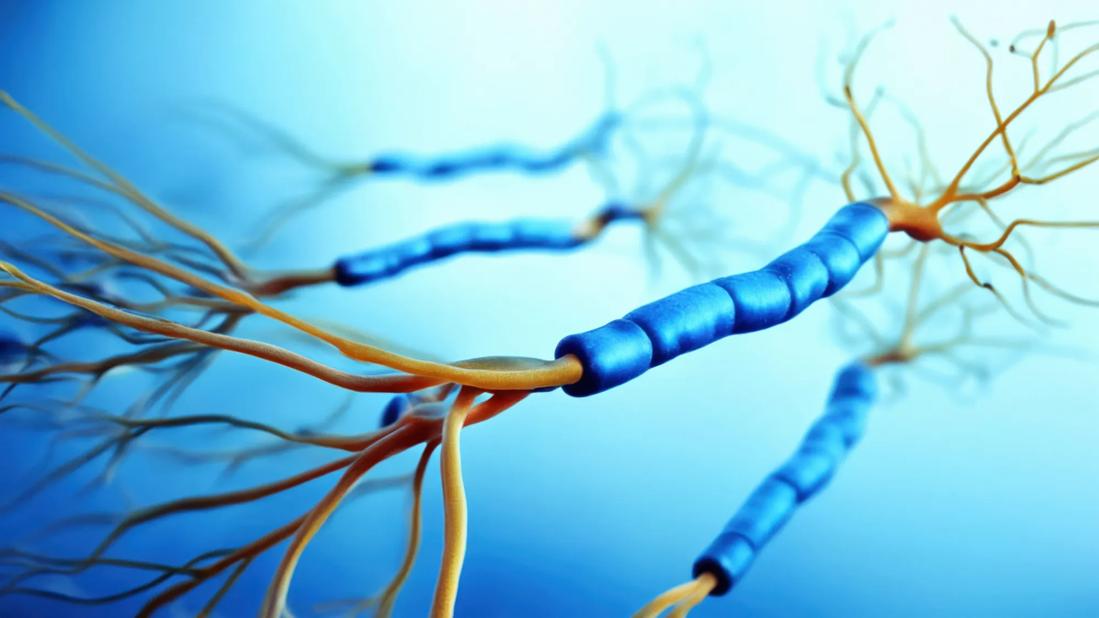Nurses guide peers on pain management

In May 2018, Cleveland Clinic Fairview Hospital launched a pain mentor program as part of the hospital’s acute pain service, which began in 2016 under the leadership of anesthesiologist Andrew Lucic, MD. The program educates nurses about pain management and multimodal analgesia, providing them with tools to help relieve patient pain and serve as resources for other nurses on their units.
Advertisement
Cleveland Clinic is a non-profit academic medical center. Advertising on our site helps support our mission. We do not endorse non-Cleveland Clinic products or services. Policy
“It’s a robust, interprofessional program run by nursing and the pain service line,” says Stacey Claus, MSN, RN, GCNS-BC, CNRN, a clinical nurse specialist and Magnet® program manager at Fairview Hospital. She oversees the pain mentor program along with Renata Barbosa dos Santos, MSN, RN, ACNP, a nurse practitioner in the acute pain service.
“The timing of the program was perfect. With the opioid crisis, we have been hearing a lot of concerns from our Nurse Practice Council about how we can minimize exposure to opioids and support patients who may be addicted,” says Claus. “In the pain mentor program, we focus on what registered nurses can do to support patients with pain.”
The core of the pain mentor program is a one-day educational workshop held each spring. The morning session is didactic, with presentations from Dr. Lucic, pharmacy, healing services, Claus and Barbosa dos Santos.
During the afternoon, nurses participate in three simulation exercises covering the following scenarios:
Nurses, physicians and physician assistants are involved in the simulation exercises. “We try to involve as many providers as possible to make it more realistic,” says Barbosa dos Santos. “That has made for an enriching experience.” After the simulation exercises, nurses discuss what they learned.
Advertisement
“The workshop not only gives nurses hands-on experience, but also the rationale behind the practice because treatment of pain requires a multimodal approach,” says Barbosa dos Santos.
Fairview Hospital currently has 44 pain mentors. In addition to the one-day workshop, they attend bimonthly educational meetings. Topics in 2019 included breathing techniques to reduce pain, acute pain in the elderly, anticoagulation and nerve blocks, PCA pump infusions, provider burnout and the difference between palliative and hospice care.
At the end of each meeting, the pain mentors receive handouts to take back to their units and educate peers. In 2019, they reached more than 480 colleagues with content learned in the meetings. In the fall, two pain mentors educated more than 100 nurses throughout Fairview Hospital on PCA pumps. They went unit-to-unit, during both day and night shifts, with a mannequin torso and pump so nurses could gain hands-on experience with the catheter and pump.
“The pain service is small – just one attending physician and myself,” says Barbosa dos Santos. “It’s so beneficial to have the pain mentors serve as leaders on their units, being able to troubleshoot concerns, help other nurses and improve patient care.”
The pain mentor program has helped nurses understand the new landscape of pain management. “We are trying to instill in nurses that we can treat pain with other agents aside from opioids,” says Barbosa dos Santos. “It’s a process, but today nurses are thinking about anesthetic pain blocks and other alternatives. That’s a huge change.”
Advertisement
Consider the recent example of one patient with acute pain who had a panic attack while hospitalized. A nurse guided the patient through breathing techniques she learned from her unit’s pain mentor to assist the patient, who shared afterward that no one had ever helped her through panic attacks so successfully.
“The management of pain has shifted,” says Claus. “We still treat the pain, but sometimes in very different ways than our nurses learned in school.”
Advertisement
Advertisement

Nurses harness cutting-edge technology as a bridge to healing

Project aims to improve patient care by streamlining caregiver transitions

Optimizing care while protecting patients from life-threatening reactions

Palliative nurses improve quality of life

Strong bonds and momentous milestones fuel life-changing work

Experts offer hands-on support and education

Special skills course aims to improve patient safety and comfort while building caregiver confidence

Bariatric nurses deliver sensitivity, compassion and skill